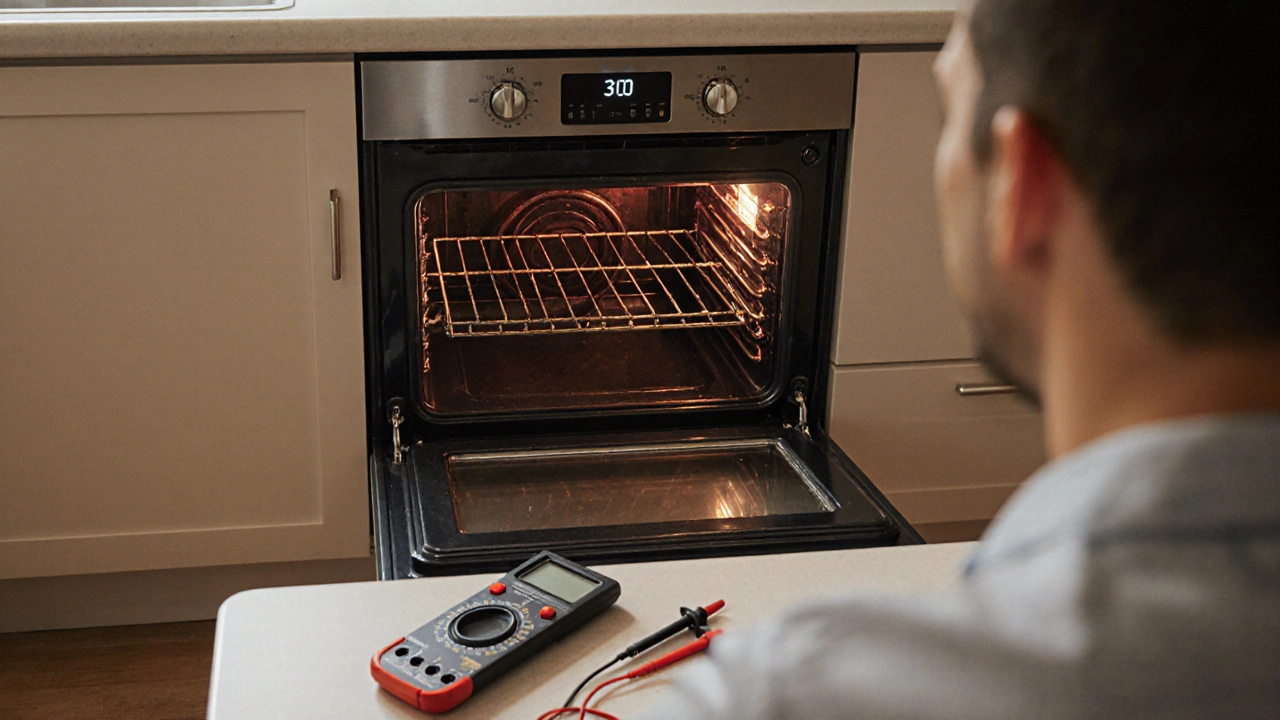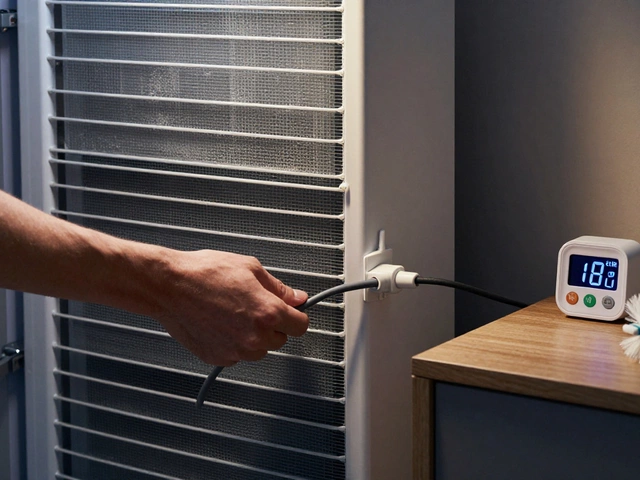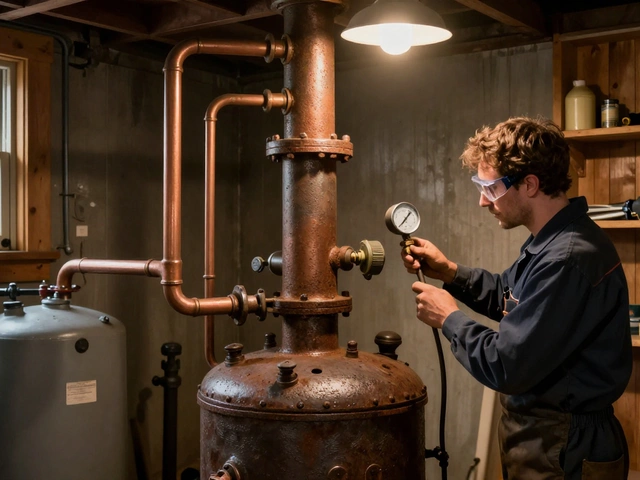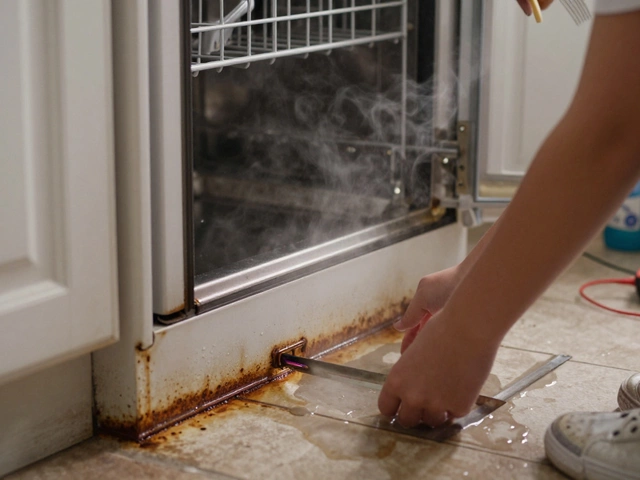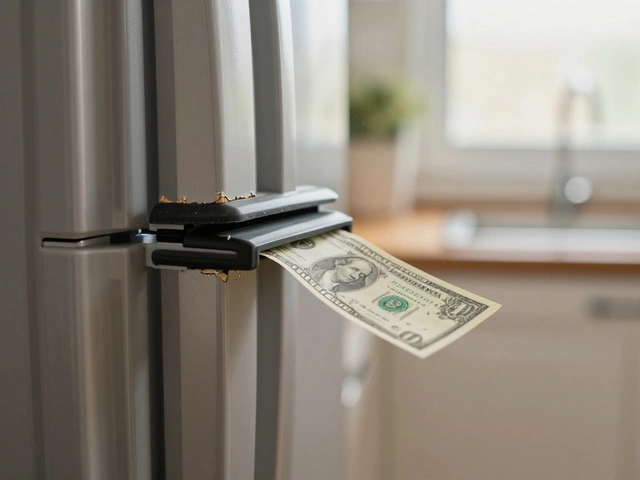Oven Replacement: What You Need to Know
When dealing with Oven Replacement, the process of removing a faulty oven and installing a new or refurbished unit in a home kitchen. Also known as oven swap, it helps keep your cooking area functional and energy‑efficient.
If you’re planning a oven replacement, you’ll first want to understand the main parts that make an oven work. The Oven Heating Element, an electric coil that generates the heat inside an electric oven is the heart of any bake‑or‑broil cycle. When that element fails, the oven may heat unevenly or not at all, which often triggers a full replacement decision. Another critical component is the Oven Thermostat, a temperature‑sensing device that tells the oven when to turn the heating element on or off. A faulty thermostat can cause overheating, under‑cooking, or erratic temperature swings, and fixing it is usually part of the replacement workflow.
Key Parts to Consider Before You Start
Oven replacement encompasses several practical steps: disconnecting power safely, removing the old cabinet, measuring the cut‑out, and installing the new unit. It requires a working thermostat, because even a brand‑new oven won’t operate correctly without a reliable temperature control. The process also often includes checking the electrical wiring for wear, especially in older homes where circuits may not meet modern amp requirements. When the wiring checks out, you’ll need to align the new oven with existing venting and ensure the door seals properly, which ties back to the overall energy efficiency of the appliance. Ignoring any of these sub‑tasks can lead to recurring issues that defeat the purpose of the replacement.
Oven repair frequently starts with diagnosing heating element failure, because that part is the most common point of wear. If the element is burnt out, a simple swap can extend the life of the whole oven without a full replacement. However, when the thermostat or control board also shows signs of fault, the cost‑benefit analysis often tips toward a complete oven replacement. Homeowners should weigh the age of the appliance, typical lifespan (about 10‑15 years for most models), and the availability of spare parts. In many cases, a newer model brings better energy ratings, smarter controls, and improved safety features, making the investment worthwhile.
Another related entity in this space is the kitchen appliance ecosystem. Your oven doesn’t work in isolation; it shares power circuits with other devices like dishwashers and microwaves. A well‑planned oven replacement will consider the overall load on the kitchen’s electrical panel, possibly prompting an upgrade to avoid tripping breakers. Some people also pair oven replacement with other kitchen upgrades, such as installing a new extractor fan or upgrading countertops, because the demolition and installation steps overlap. This broader view helps you avoid future disruptions and maximizes the value of the renovation.
Finally, knowing when to DIY and when to call a professional can save both time and money. Simple tasks like checking the power supply, measuring the cut‑out, and swapping a heating element are within reach for most handy homeowners. Anything involving gas connections, extensive wiring, or built‑in models usually requires a certified technician. By understanding the role of each component—heating element, thermostat, wiring, and overall appliance layout—you’ll be able to make an informed decision and keep your kitchen humming. Below you’ll find a curated list of articles that dive deeper into each of these topics, from cost breakdowns to step‑by‑step guides.
When to Replace Your Oven: Key Signs, Costs & What to Do
- Alden Wilder
- Oct 12 2025
- 0 Comments
Learn the clear signs your oven needs replacing, how to diagnose problems, compare repair vs. new costs, and get tips on choosing the right replacement.
View More